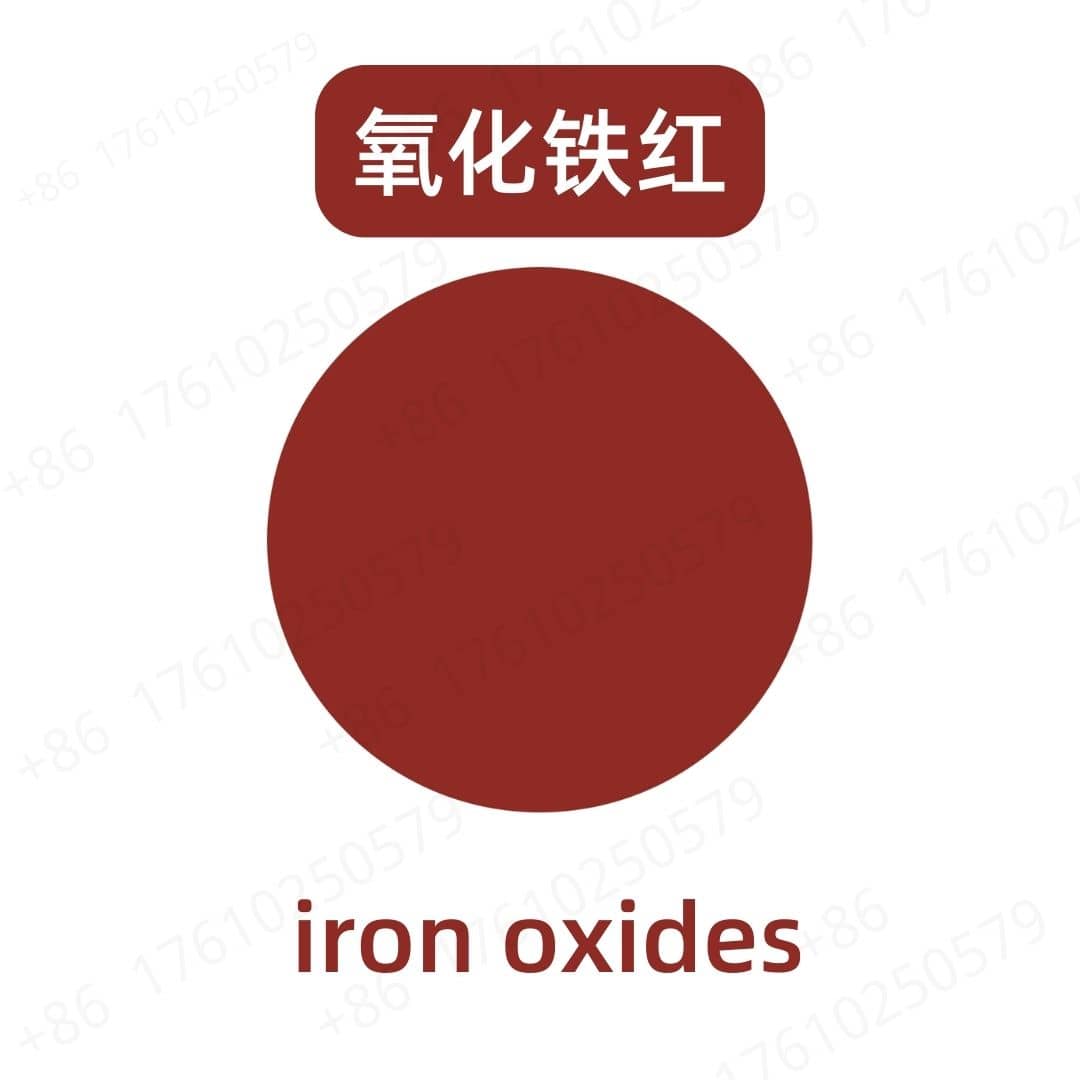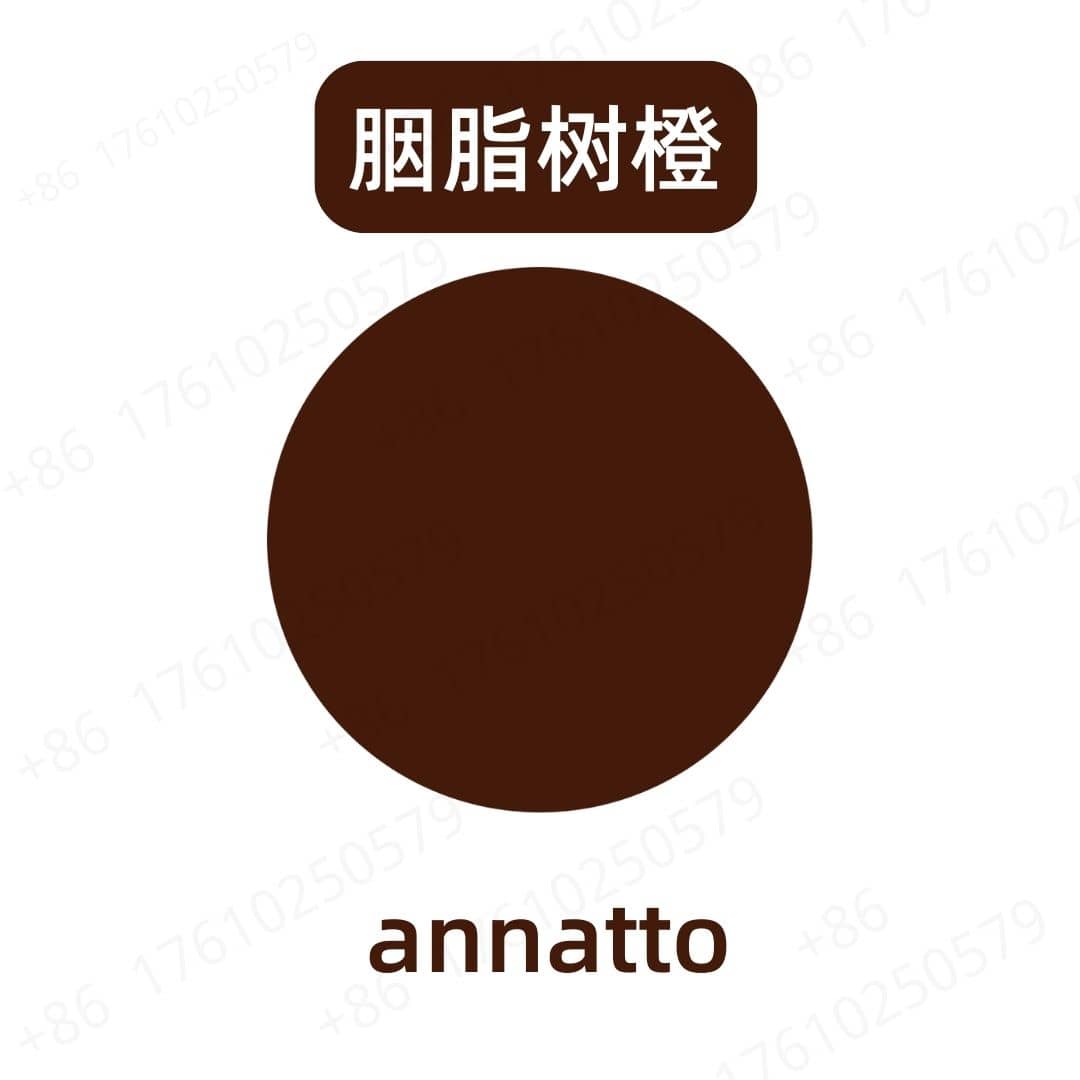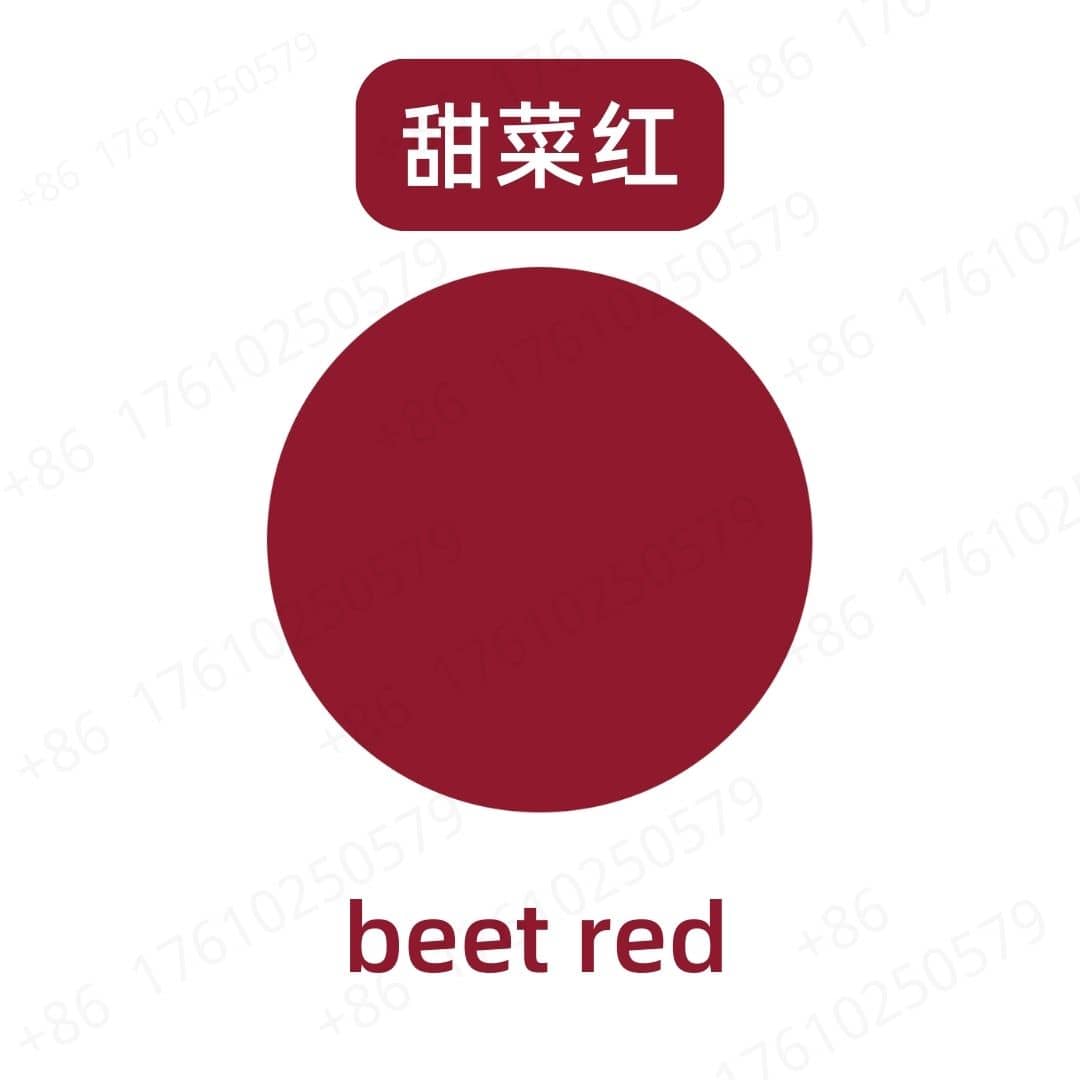Product Introduction
Lycopene pigment is a carotenoid pigment that gives tomatoes their rich red color. It is widely known for its antioxidant properties, as well as its potential health benefits. As a natural colorant, lycopene is preferred in various applications due to its vibrant hue and safety profile. Its extraction generally involves the careful processing of fruits high in lycopene, mainly tomatoes, but it can also be derived from other red fruits such as watermelon and pink grapefruit.
Production Process
The production of lycopene pigment starts with the selection of ripe tomatoes or other sources containing high concentrations of lycopene. These raw materials undergo a process of extraction, which usually involves crushing the fruits to release their juices. The lycopene is then separated from the solids using methods such as cold pressing or solvent extraction. After extraction, the pigment is purified, often through processes like centrifugation and filtration. The final step involves spray drying the concentrated liquid to obtain a fine, stable powder.
Application Scenarios
Lycopene pigment finds a place in multiple sectors, primarily in food products like sauces, dressings, and beverages, where it enhances both color and nutritional value. It is also utilized in dietary supplements, capitalizing on its reputed health benefits. In cosmetics, lycopene is favored for its natural properties and skin benefits, being used in creams and lotions. Moreover, it has applications in pharmaceuticals, contributing to the visual appeal of various formulations.
Packaging and Storage
Storage Conditions: Store in a sealed, light-proof container, away from high temperatures, in a dry, cool, and well-ventilated place.
Packaging: Bulk: 25kg/fiber drum; Sample: 1kg/aluminum foil bag; Custom packaging available upon request.
Shipping Methods: FedEx, DHL, dedicated logistics, and sea freight consolidation.
Shelf Life: Two years
Monica Sun possesses extensive technical expertise and market insights in the food additives industry. She excels in designing efficient and safe additive formulations tailored to various food applications, ranging from sweeteners to functional dietary fibers. Monica has successfully assisted food manufacturers in optimizing ingredient combinations to enhance product quality and improve consumer satisfaction.

















